Taipei City is famous for the Taipei 101 skyscraper, rich cuisine, and beautiful temples. It is steeped in Taiwan's cultural history, from its colorful architecture to its simplicity, elegance and sanctity.
Temples in Taiwan of the Southern Chinese architectural style of the Qing Dynasty, also known as Hokkien or Minan architecture, are found among the Hoklo people in Fujian province, Taiwan and Singapore. Temples in Taiwan are always bustling, places of worship are filled with incense. About 80% of temples have a combination of religious beliefs and deities from Taoism, Buddhism, Confucianism and folk religion. The remaining 20% of temples are specifically Buddhist and tend to have a simpler and more Zen-like design. In total, there are more than 15,000 officially registered temples in Taiwan.
Some of the prominent features of these temples include the swallowtail (curved upwards) roofs and porcelain carvings and statues. In general, the temples are extremely ornate, colorful, and meticulously detailed. The oldest temples in Taiwan are found on Penghu (an archipelago in the Taiwan Strait between China and Taiwan) and in Tainan, the original capital of Taiwan. Some of them date back to the 1600s, while most of the original Taipei temples date back to the 1700s or 1800s.
Temples still play a very important role in the daily life of Taiwanese people. They visit to pray for love, luck, children, get good grades in exams, send off the dead, burn incense, celebrate the New Year and much more.
Long Son Mengjia Temple
Originally built in 1738 by Fujian immigrants, Longshan Mengjia Temple is one of the oldest and most famous cultural attractions in Taiwan. The temple has been damaged by fires and earthquakes many times over the years, but it has always been reverently restored. The building was built specifically to worship the Goddess of Mercy, Goddess of Mercy, and honoring statues of more than 100 other gods and goddesses. Built in the style of a palace complex with five different sections, the temple is guarded by mythical creatures including dragons, phoenixes, and heroes from ancient Chinese folklore. .
Baoan Temple
Datong District is home to Baoan Pagoda, a recipient of the UNESCO Asia-Pacific Heritage Award. Originally built as a rustic structure in the mid-1700s, the temple's popularity later inspired its transformation into the dazzling, stunning building it is today. . Visitors to the temple can admire rock art in all the rooms of the temple. But the oldest carvings are located in the Sanchuan Dian, or front hall, where two centuries-old dragon columns spiral toward the roof. An annual folk arts festival is held at the shrine from March to June and features parades, opera performances, and even a free health clinic.
Qingshan Temple (Qingshan Temple)
Located in Wanhua District, Qingshan Temple is an elegant structure built to honor the god Qingshan King. Although not as famous or large as the nearby Long Son Pagoda, the stone carvings and impressive ceilings make it worth a visit and a visit. The temple is built from wood and stone, with exquisite artistic details on the walls and ceiling. In particular, it is impossible to ignore the colorful mosaic relief on the roof. At the end of each year, a two-night festival will take place to celebrate Thanh Son Vuong's birthday. This vibrant celebration is marked by fireworks, lanterns and a colorful parade at night.
Confucius Temple
Confucius was one of China's most important teachers and philosophers, and his ideals are equally famous for having had a great influence on Chinese civilization. Today, temples dedicated to Confucius are scattered across many Asian cities, including Taipei. Unlike other temples in Taipei, the design of Confucius Temple is simpler, without much decoration inside. It was originally built in 1879, but was destroyed when Taiwan was under Japanese rule. In 1930, the temple was rebuilt by the famous artisan Wang Yi-Shun, who was also the designer of the nearby Longshan Temple.
Ciyou Temple
Ciyou Shrine is dedicated to Mazu, the goddess of the sea, who looks after sailors and fishermen. According to legend, the temple was built by a traveling monk who teamed up with a group of Mazu followers, and together they spent 10 years raising enough money to finance the project. This Taoist temple is sumptuously designed with a lot of attention to detail, although its elaborate roof is what really sets it apart. Colorful ceramic dragons rise from the multi-storey rooftop, giving the building an impressive façade, easily recognizable from a distance.
Address:
Longshan Mengjia Temple - 211 Guangzhou Street, Taipei City, 10853, Taiwan
Baoan Pagoda - No. 61, Hami Street, Datong District, Taipei City, Taiwan 103
Thanh Son Pagoda - No. 218, Section 2, Guiyang St, Wanhua District, Taipei City, Taiwan 108
Confucius Temple - No. 275號, Dalong Street, Datong District, Taipei City, Taiwan 103
Ciyou Temple - No. 761號, Section 4, Bade Road, Songshan District, Taipei City, Taiwan 105
Operating time:
Tuesday to Saturday: 8:30am-9:00pm
Sunday: 8:30 am-5:00 pm
Entrance ticket price:
All free
 Register
RegisterSign in Travel Agent
Sign in Supplier
Sign in Affiliate
Sign in Guru

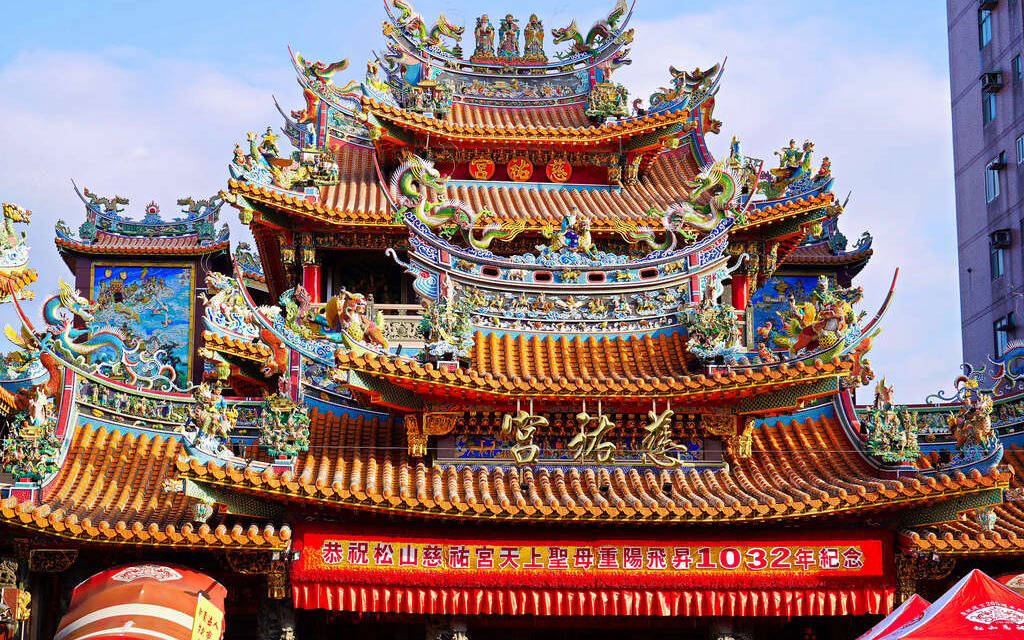
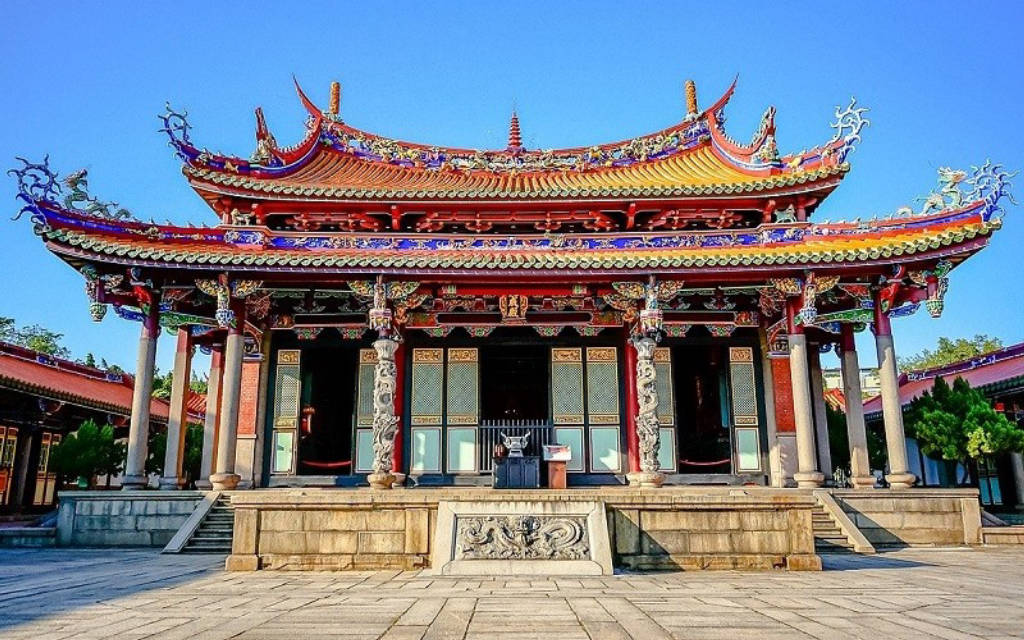
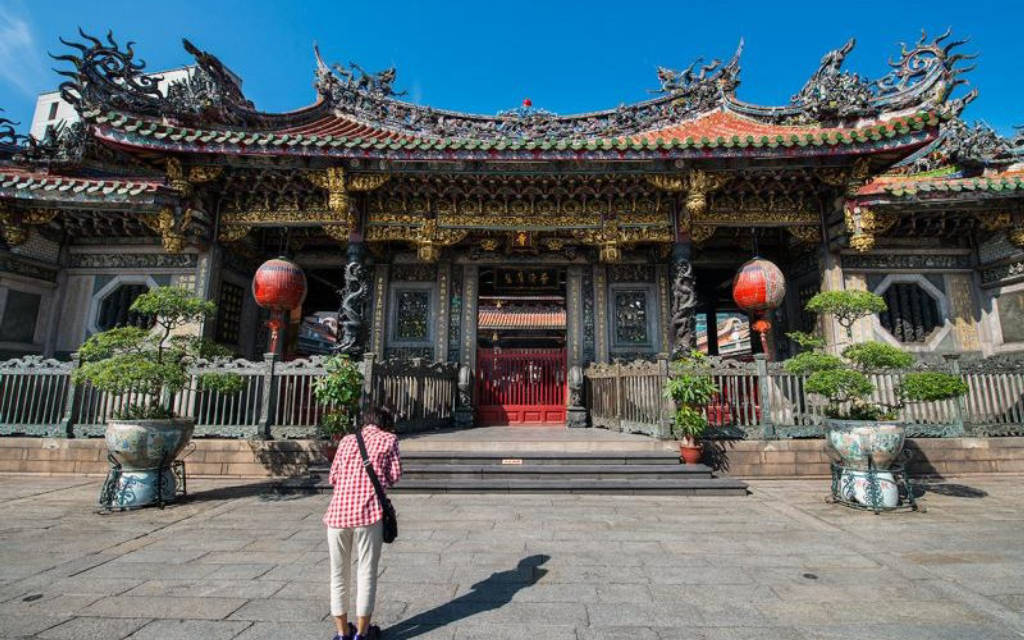
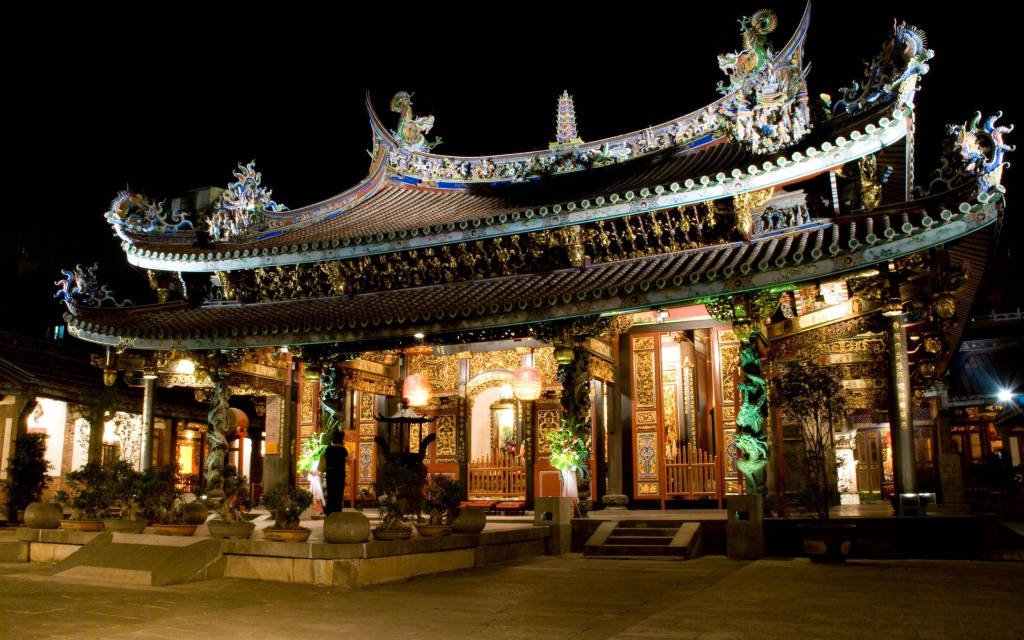
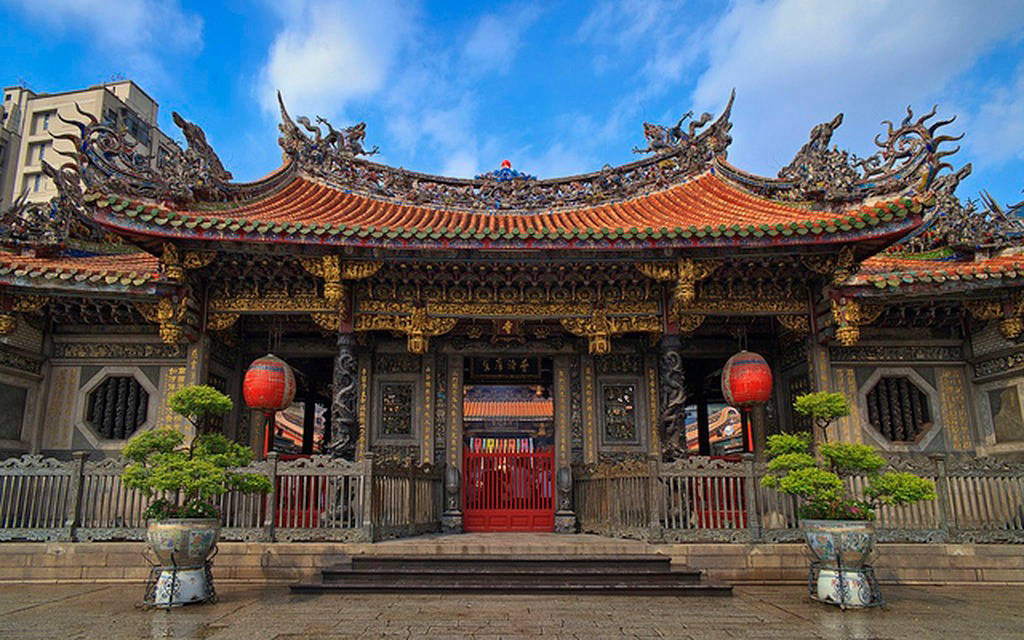





 Taipei, Taiwan
Taipei, Taiwan